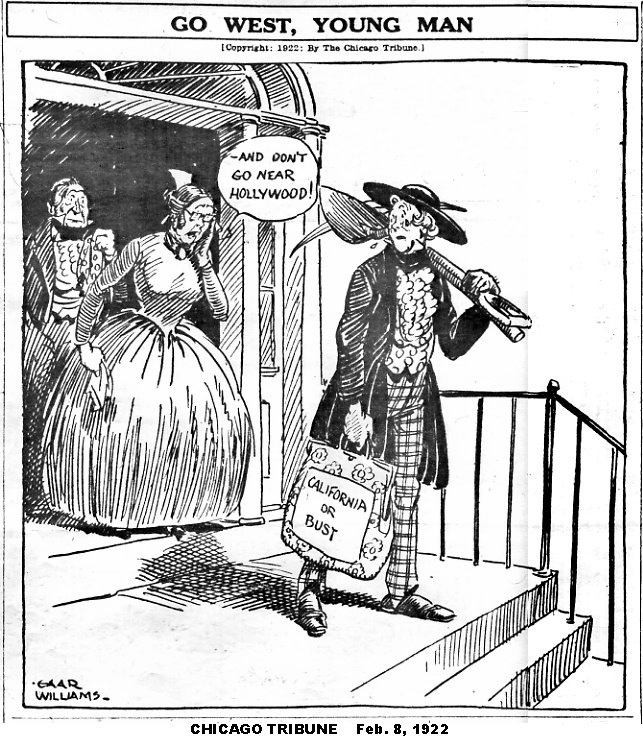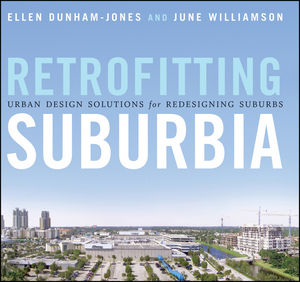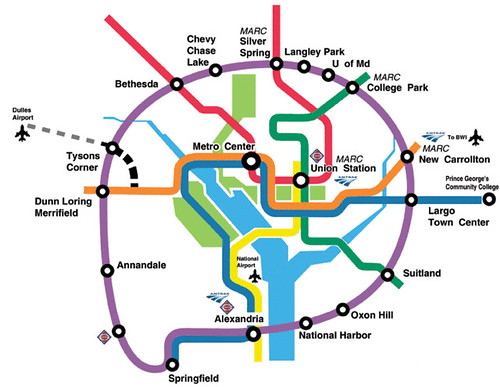Go East, not West
I wanted to say "Go East, Young Man, Go East," in homage to Horace Greeley's admonition to "Go West" but that isn't politically correct. This editorial cartoon from the Chicago Tribune communicates the general idea. (Note that apparently the statement, attributed to Greeley, was actually made by Indiana journalist John B. L. Soule.

Was the recommendation recently by various planners in the DC region, concerning traffic congestion and transportation infrastructure capacity in the region. See "For Relief, Region Told To Go East: Smart Growth in Pr. George's Pushed to Maximize Transit" from the Washngton Post.
Mostly, going east means building new conurbations in Prince George's County, and probably intensifying development at Wheaton, even though expert members of the Urban Land Institute don't agree (see "Study: Wheaton should scale back redevelopment" from the Gazette). I haven't read the new book Retrofitting Suburbs, but apparently one of the case studies is on the area around the Prince George's Plaza Metro Station. From what I saw of diagrams from the chapter, there might be an implication that the area planning changed once the subway line was opened. The reality is that area was always planned and developed--starting from the 1960s--on the anticipation of high speed rail transit being located there.

On Wednesday, the New York Times has a story on the Wilson Boulevard corridor in Arlington County, "An Oasis of Stability Amid a Downturn," and its relative resilience in this otherwise bad economy. Vacancy rates are relatively low, and rental rates for office space are just a little cheaper than in DC. From the article:
Served by five Metro subway stops within four miles, the corridor continues to attract new tenants, buyers and developers in the face of the deepest recession since the Great Depression. “It’s really an anomaly, considering the tough economy we’ve been in since December 2007,” said Sigrid G. Zialcita, managing research director for Cushman & Wakefield, a global real estate services firm.
This is a key point in terms of whether or not the going east strategy is realizable. To compete with amenity rich areas (have you talked to anyone who works for the DC Dept. of Housing and Community Development--recently the office moved from being located two blocks from Union Station to Good Hope Road in Anacostia--they complain about lacking access to quality amenities, that if they want or need anything, they have to go back over the bridge to Capitol Hill), you have to have amenities.
And it helps to be intensely served by transit. While the NYT article states that Arlington has 5 stations in 4 square miles, 4 of those stations cover about 2 square miles--from Courthouse to Ballston--and that area has been intensively redeveloped, over the last 20 years.

Map from the Sierra Club Metro DC Fight Sprawl Campaign, page on the Purple Line.
The Purple Line, by adding connections within Prince George's and Montgomery Counties, and also linking 4 ends of the subway lines will make a difference.
But for Prince George's County's ability to compete against the rest of the region for commercial development, specifically office buildings, they ought to be advocating hard starting now for the continuation of the Purple Line southwestward from New Carrollton to Alexandria in Virginia, thereby connecting to the east and west legs of the blue line, as well as the southern end of the Green Line (there has been agitation for extending the Green Line that way for some time, see "Prince George's Sees Andrews As Hub of Development" from the Post) in Prince George's County, and to the yellow line in Alexandria, thereby tightening the east-west connections from Virginia, where much of the region's growth has been occurring for some time.
Labels: smart growth vs. smarter sprawl, sustainable land use and resource planning, transportation planning, urban vs. suburban



0 Comments:
Post a Comment
<< Home